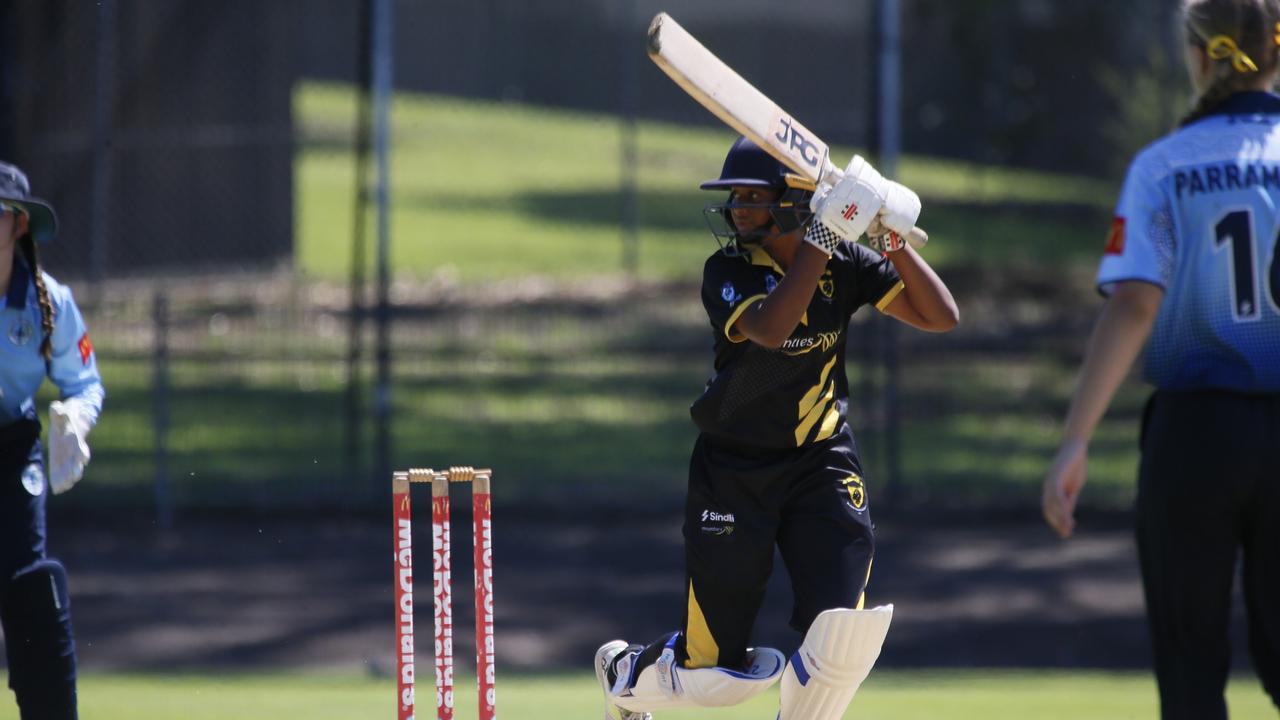Local migrant community celebrates traditions of Persian New Year
SEASONAL and cultural differences aside, nothing will stand in the way of locals celebrating the Nowruz holiday and the Persian New Year.
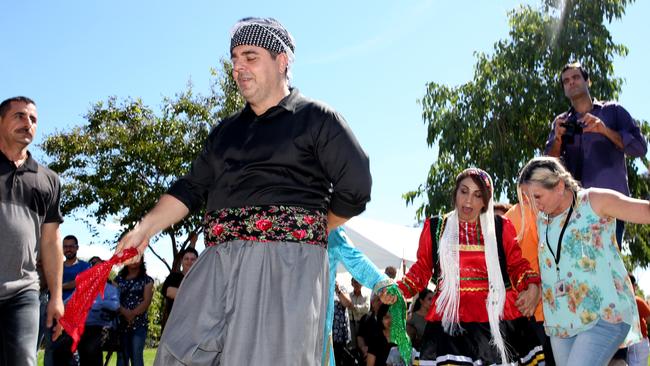
Parramatta
Don't miss out on the headlines from Parramatta . Followed categories will be added to My News.
WHILE the days might be getting cooler and the showers more regular; nothing will get in the way of the local Afghan and Iranian communities celebrating spring — even if it is in autumn.
March 21 marks the international celebration of Nowruz and the start of the new year — typically celebrated at the spring equinox in the northern hemisphere.
Often referred to as Persian New Year, the celebrations extend further than the Iranian borders, with more than 300 million people celebrating Norwuz across the Middle East, Central Asia, the Balkans and here in Australia.
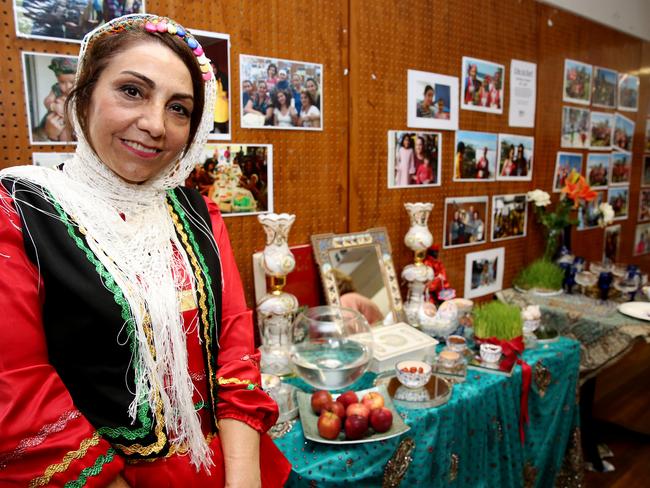
For Afghan migrant Ebadullah Amid the traditions of the new year have adapted to his new home.
“There is a big cultural shift for us when we come to Australia — that we aren’t able to celebrate it as big as would have at home,” he said.
“It comes later in the year so we tend not to make new year’s resolutions or wear new clothes like we would if we were home.
“This year it falls on a weekday so people have work and are busy which changes how many can participate and how warm it is.”
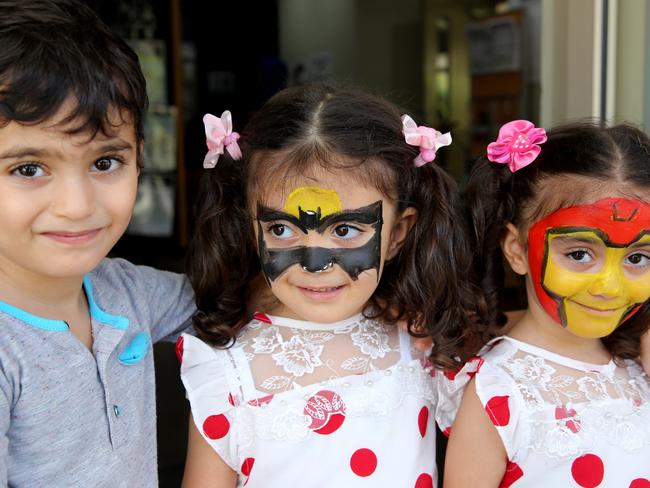
Nowruz dates back over 3,000 years and has its origin in Zoroastrianism, an ancient Persian religion that predates both Christianity and Islam.
At the centre of celebrations is the haftseen or table of seven S’s — a combination of items such as dried fruit, eggs or sweets to symbolise new life, health and prosperity in the new year.
The items are laid out for the duration of the festival while family and friends visit to spread their good wishes.
Locals joined celebrations organised by Settlement Services International on Wednesday at Auburn’s Centre for Community.
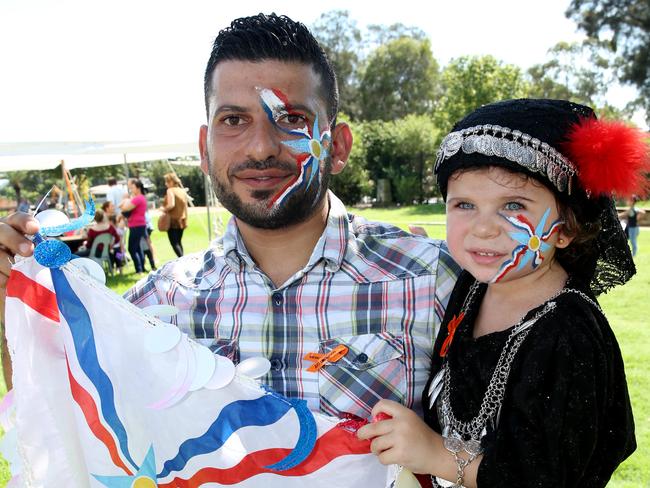
For Mr Amid, though his family and friends may be far from Australia, the festival is a chance to share the celebrations with a new community.
“Whether we are from Afghanistan or Iran or Tajikistan the new year connects us — we all celebrate together regardless of religion,” he said.
“While it does make me miss home, I have new colleagues and friends who wish me a happy new year and it shows how diverse the culture is here.”
During the Taliban rule, the celebration of Nowruz was banned as it was considered a pagan holiday, but the celebration of the holiday has remained strong in the Afghani community.
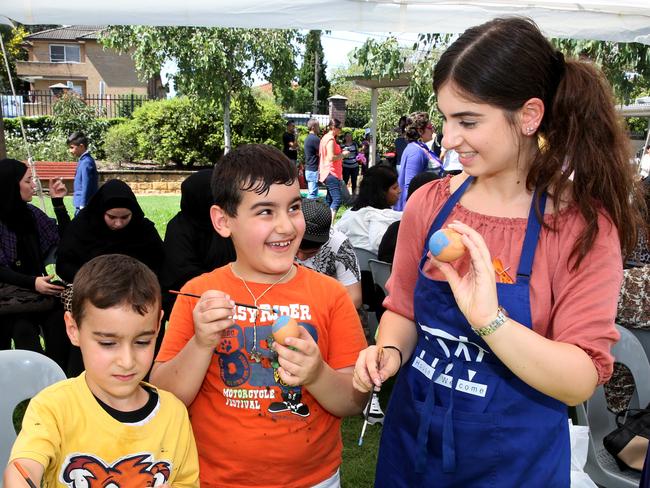
In particular, a dessert of seven fruits (haft mewa) is prepared as a test of good luck for the new year.
Raisins, apricots, prunes and a variety of nuts are mixed in their natural syrups and set out for several days — if the mix turns out well it signifies that the family will have good luck for the year to come.
Traditional Haftseen items:
1. Sabzeh — wheat, barley, mung bean or lentil sprouts growing in a dish — symbolising rebirth
2. Samanu — sweet pudding made from wheat germ — symbolising affluence
3. Senjed — dried Persian olive — symbolising love
4. Seer — garlic — symbolising the medicine and health
5. Seed — apple — symbolising beauty
6. Somāq — sumac fruit — symbolising (the colour of) sunrise
7. Serkeh — vinegar — symbolising old-age and patience


